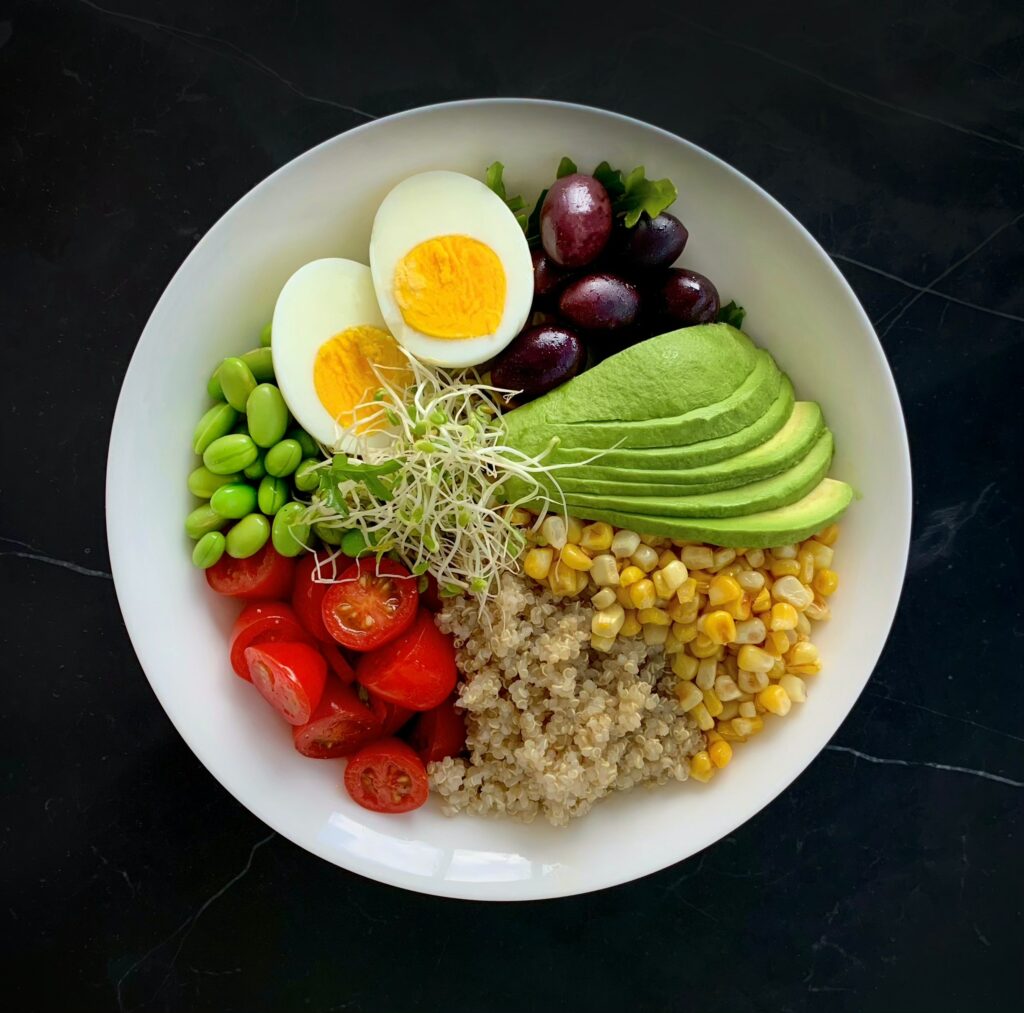As of September 2023, the food industry prominently and diversely showcases the role of protein like never before. Protein, which was once primarily associated with muscle-building and nutritional supplements, has evolved into a versatile and essential component of our daily diets. This blog post explores the current state of protein in the food industry, highlighting key trends, innovations, and consumer preferences that shape the landscape.


Evolution from Niche to Mainstream
Protein has transitioned from a niche dietary concern to a mainstream nutritional focus. Consumers are increasingly aware of the importance of maintaining a balanced diet, and food manufacturers are responding by incorporating protein into a wide array of products, including traditional sources like meat and dairy, as well as plant-based alternatives.
Plant-Based Proteins on the Rise
The food industry continues to be dominated by a surge in demand for plant-based sources. Consumers, for health, ethical, and environmental reasons, are actively seeking alternatives to animal-based options. Consequently, plant-based options such as soy, pea, rice, and hemp have experienced significant growth. These proteins are not limited to meat substitutes; they are now being incorporated into various products, including snacks, beverages, and even desserts.
Clean Label and Transparency
A growing concern among consumers about the quality and sourcing of their food is driving an increasing demand for clean-label products. Food manufacturers are responding by offering more transparent information about the source and processing of proteins. This shift towards clean-label products is sparking innovations in sustainable sourcing, additive reduction, and the utilization of minimally processed ingredients.
Personalized & Nutritional Fortification
Protein fortification, once primarily linked to sports nutrition products, has become a widespread practice in various food categories. Cereals, pasta, and even beverages are fortified to meet consumer demands for healthier and more satisfying options. This trend is motivated by the belief that increased protein content can enhance satiety and overall nutritional value.
The concept of personalized nutrition, driven by advancements in technology and genetics, is gaining momentum. Companies are creating customized solutions based on an individual’s unique dietary needs, allergies, and genetic markers. This enables consumers to optimize their protein intake for improved health outcomes.

Functionality & Sustainability
Proteins are gaining recognition not just as a source of nutrition but also for their increasingly acknowledged functional properties within the food industry. Beyond providing sustenance, they are harnessed for their ability to impart texture, structure, and stability to various products. For example, whey protein serves as a texture enhancer, thickening agent, and emulsifier in a variety of food items.
Sustainability is a prominent concern in the food industry, and this concern extends to protein sources. Innovations in sustainable production, such as cultured meat and insect-based proteins, are becoming more feasible. These alternative sources are not only more environmentally friendly but also offer distinct nutritional profiles.
Allergen-Free Proteins
The growing demand for allergen-free options is a result of the increasing prevalence of food allergies and intolerances. Food manufacturers are concentrating on creating proteins that meet the dietary needs of individuals with common allergens such as gluten, dairy, and soy. This trend aligns with the broader movement towards inclusivity in the food industry.
Progression of Snacking
Consumers have evolved their snacking habits, seeking healthier and more satisfying options. Protein-rich snacks, like bars, jerky, and nut butter, are experiencing a surge in popularity. These snacks not only deliver an energy boost but also enhance satiety, making them the preferred choice for on-the-go consumption.
Protein has moved beyond its traditional role and has become a central component in a wide array of food products, meeting the demands of health-conscious consumers who are in search of sustainable, clean-label, and personalized nutrition choices. Looking ahead, it’s evident that protein will maintain its pivotal role in shaping the future of the food industry, presenting fresh opportunities for both manufacturers and consumers. Stay tuned as this dynamic field keeps evolving, offering exciting prospects for culinary exploration and enhanced nutrition.
